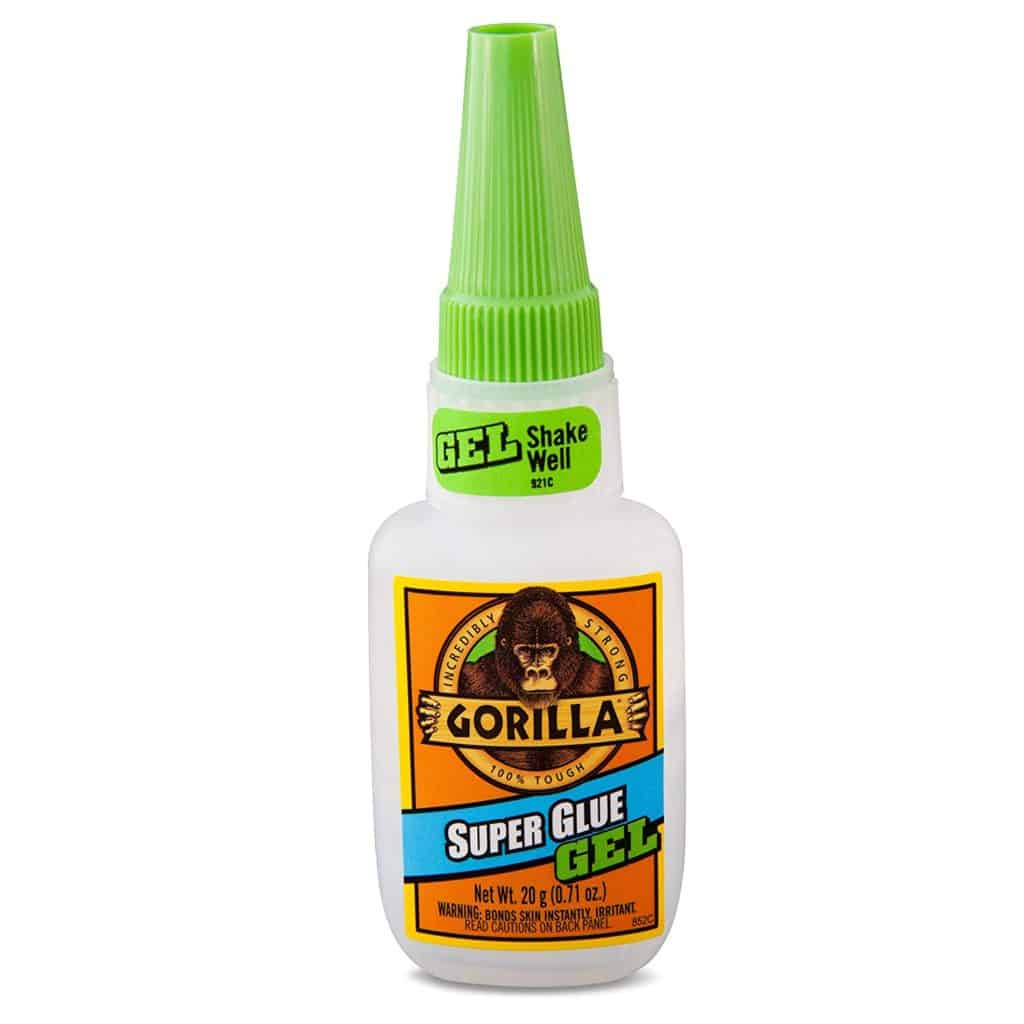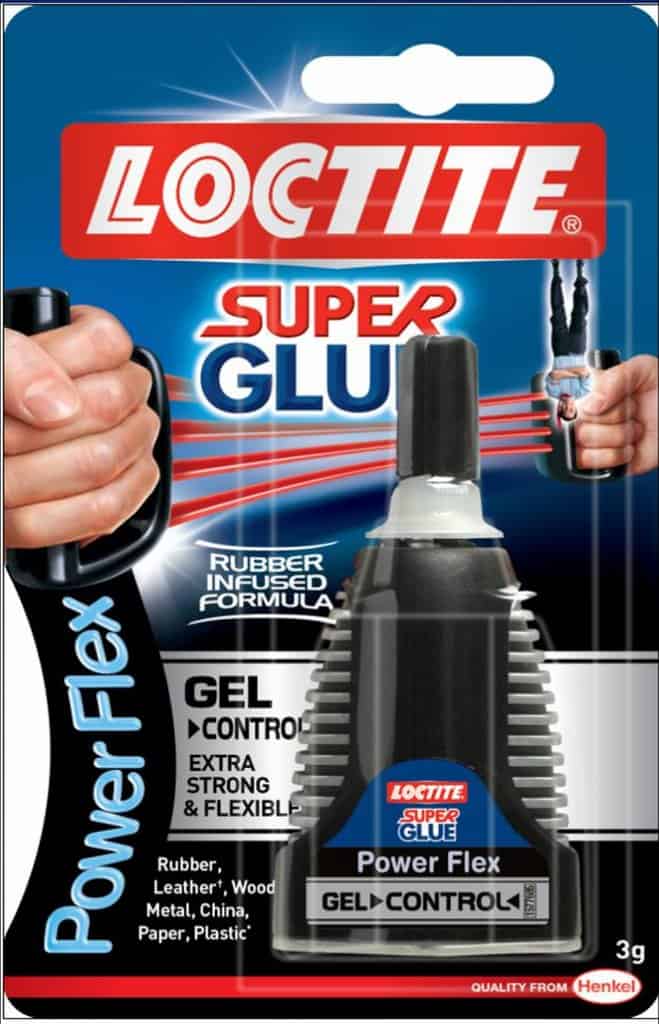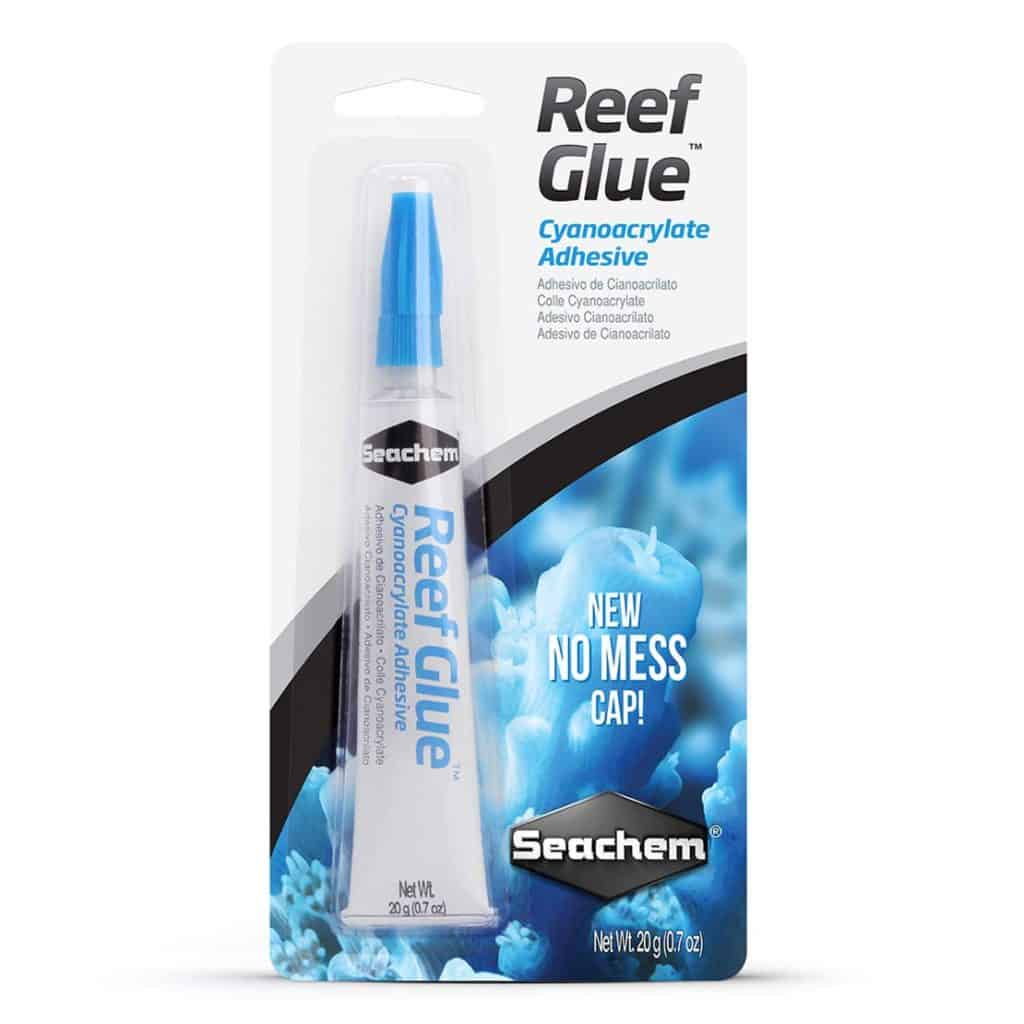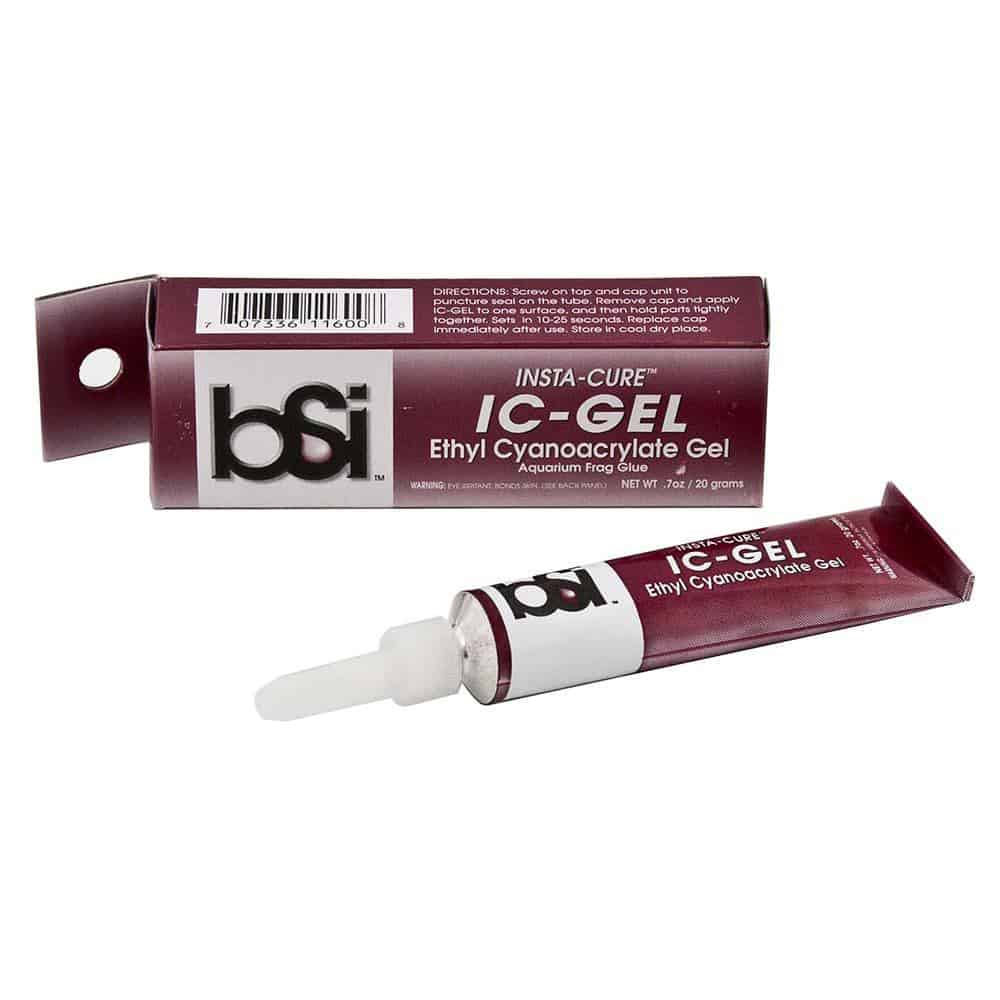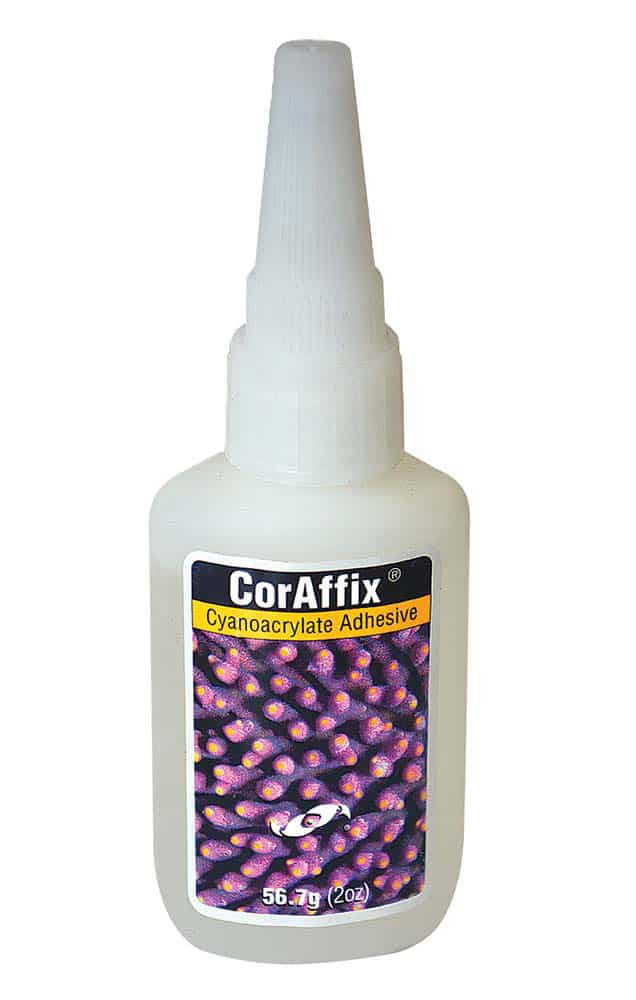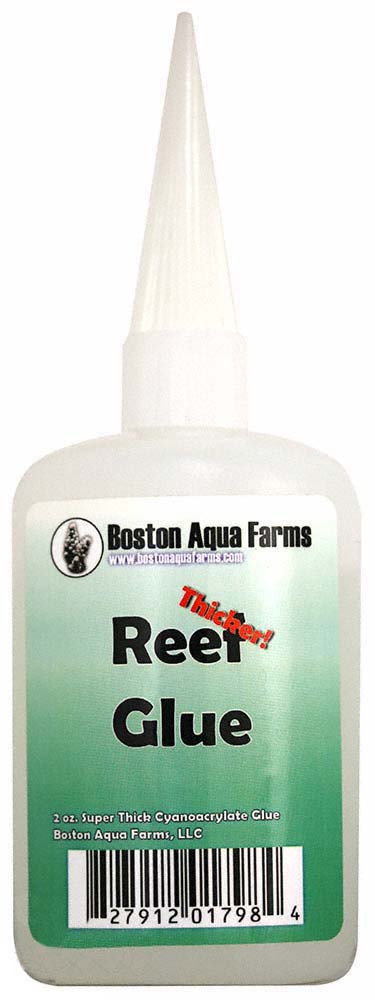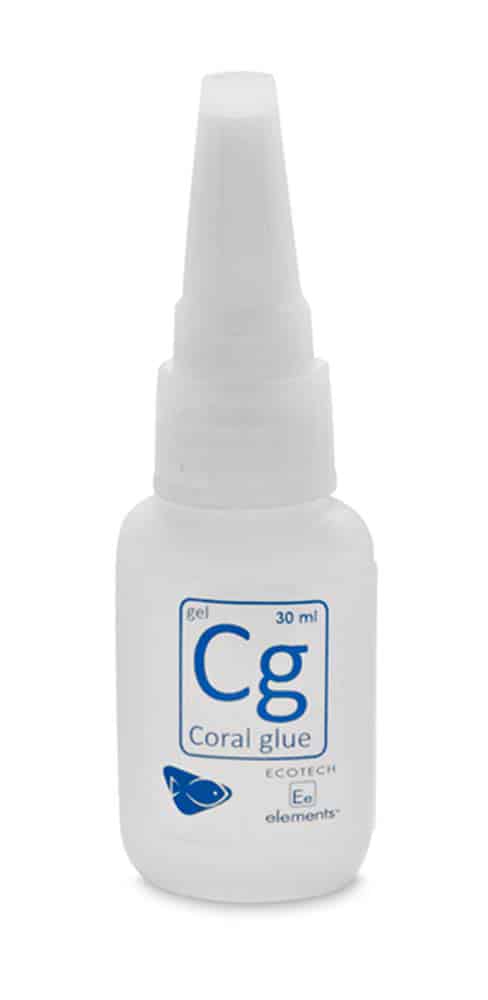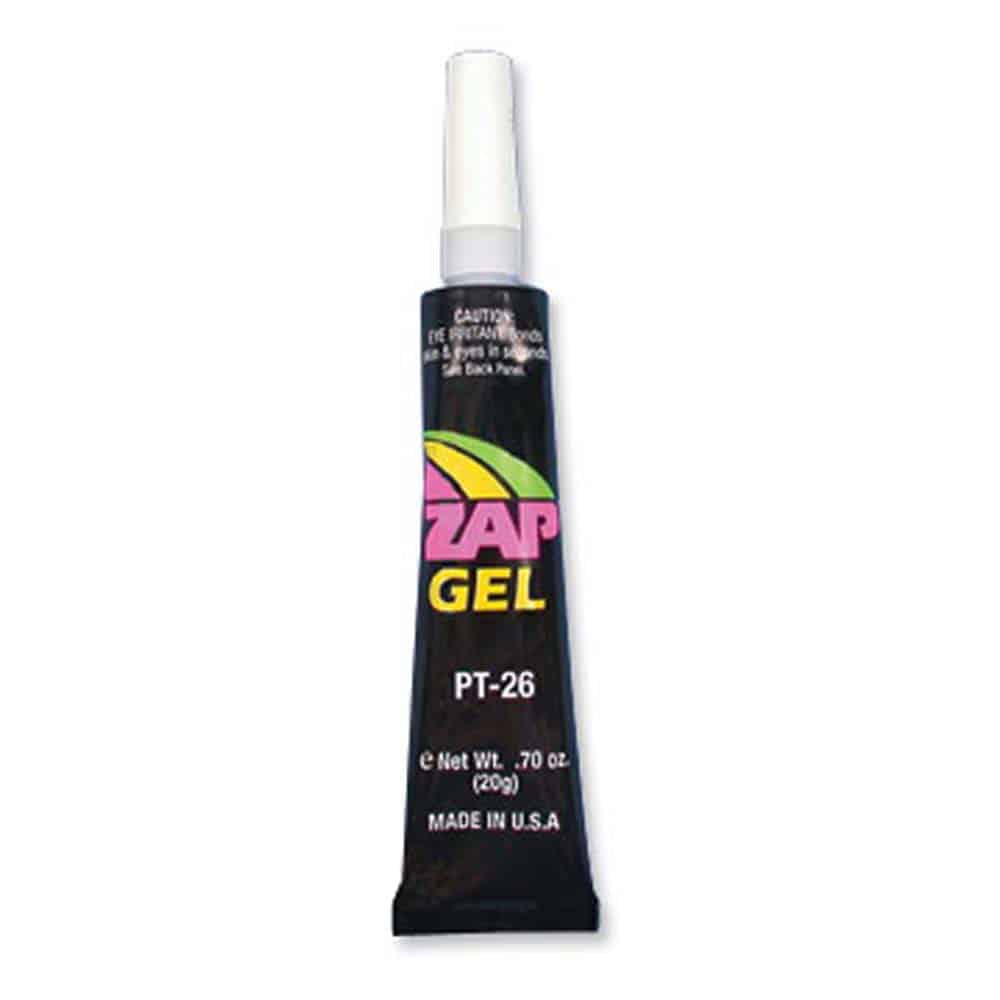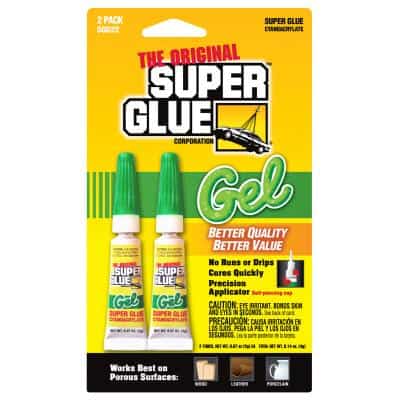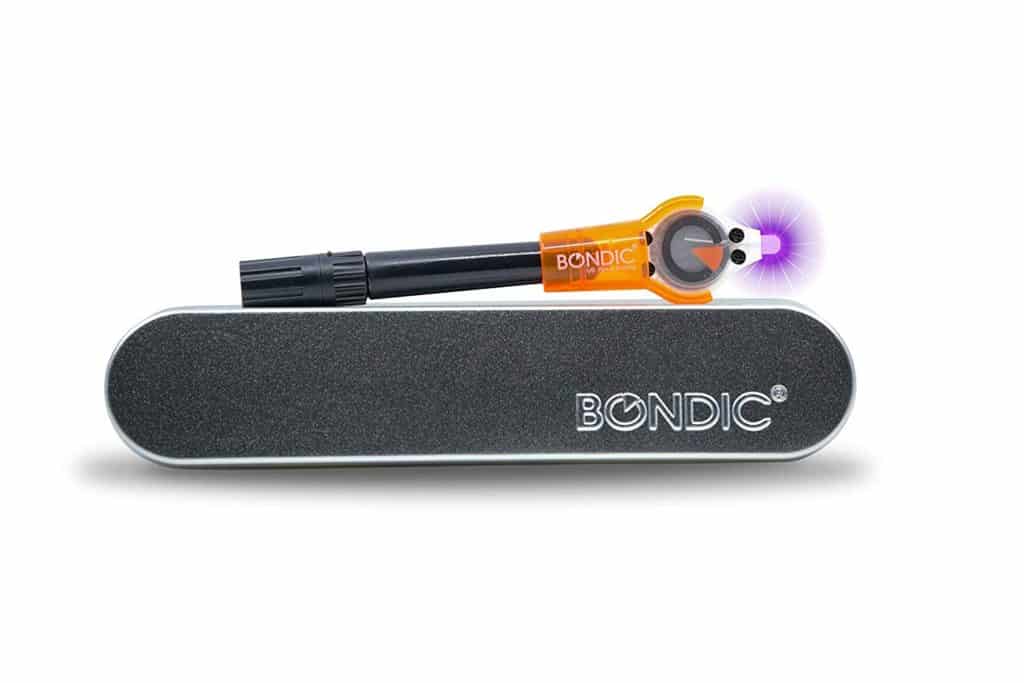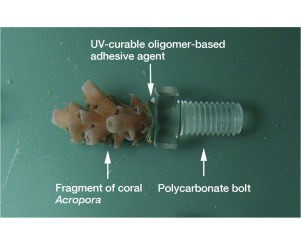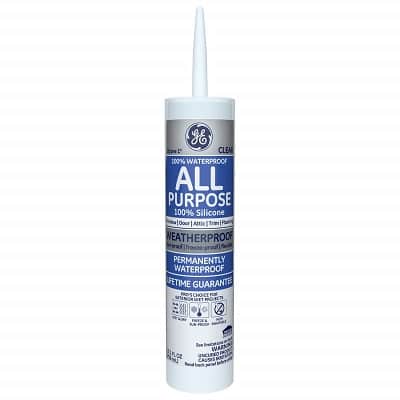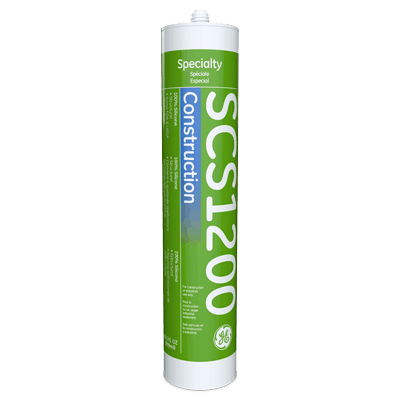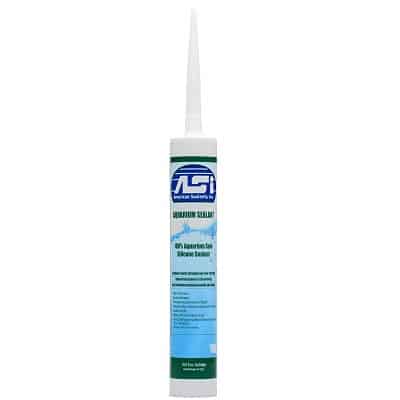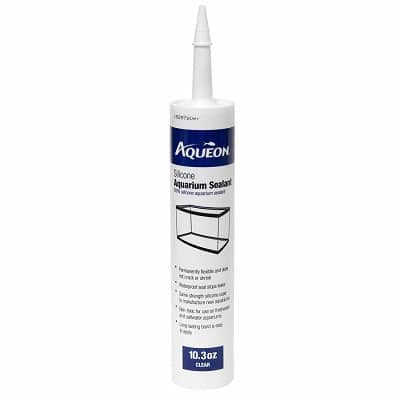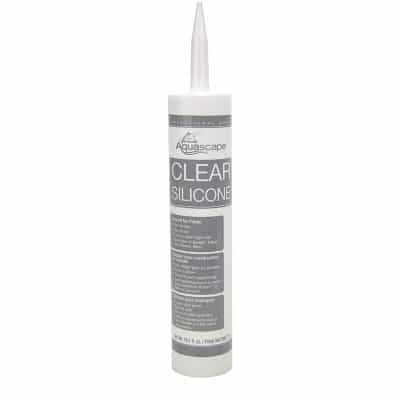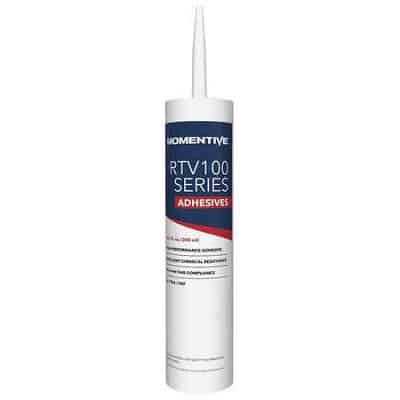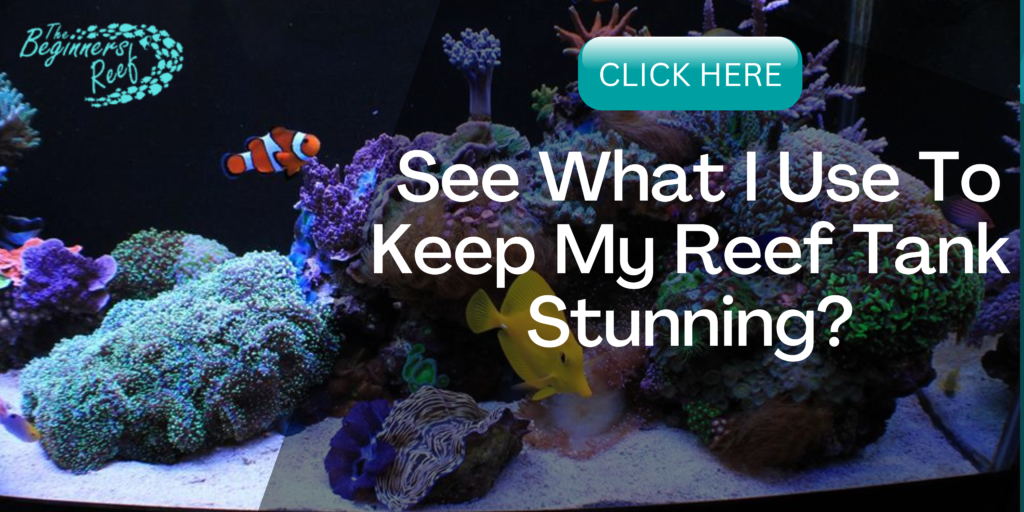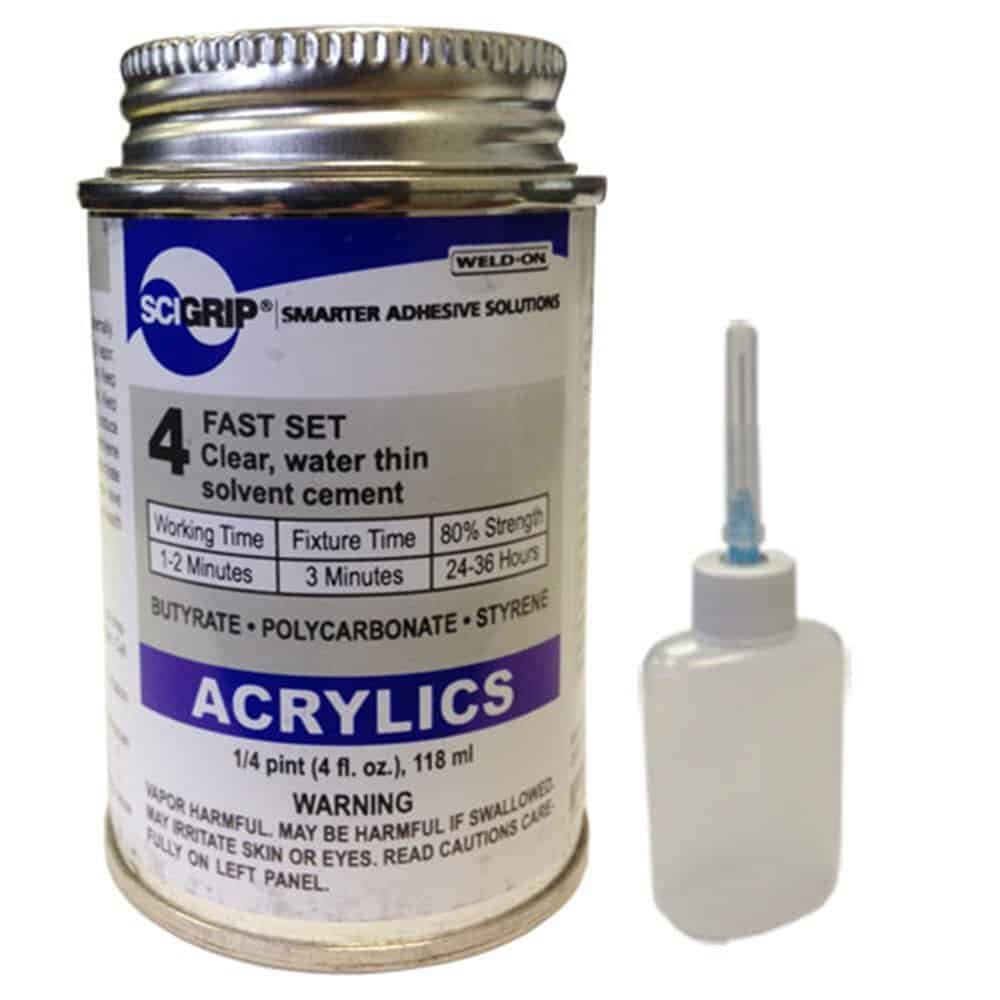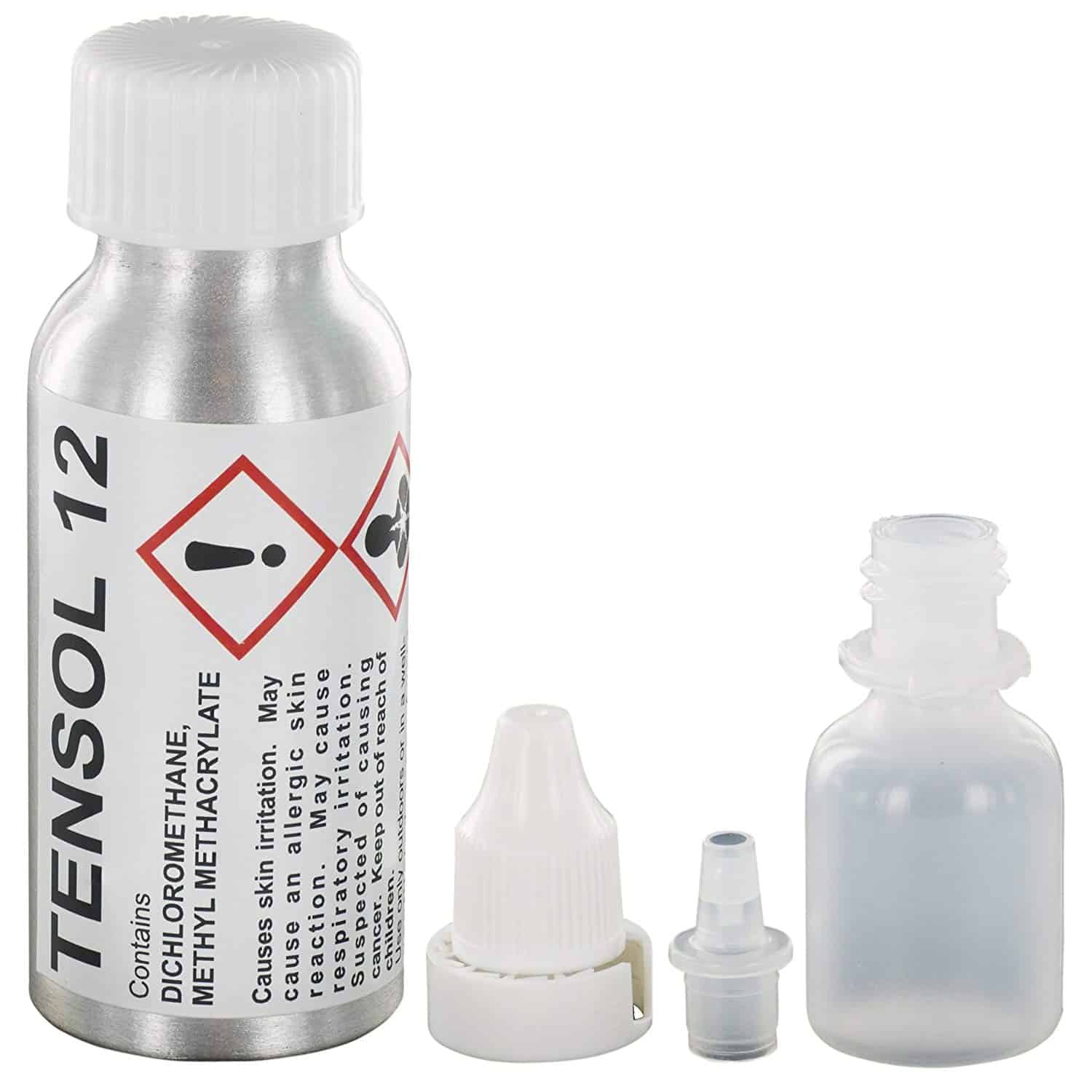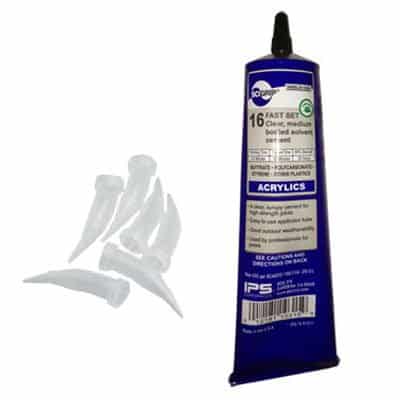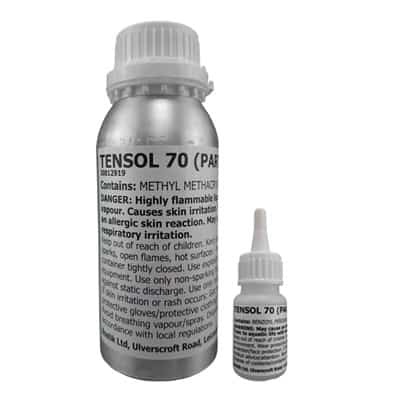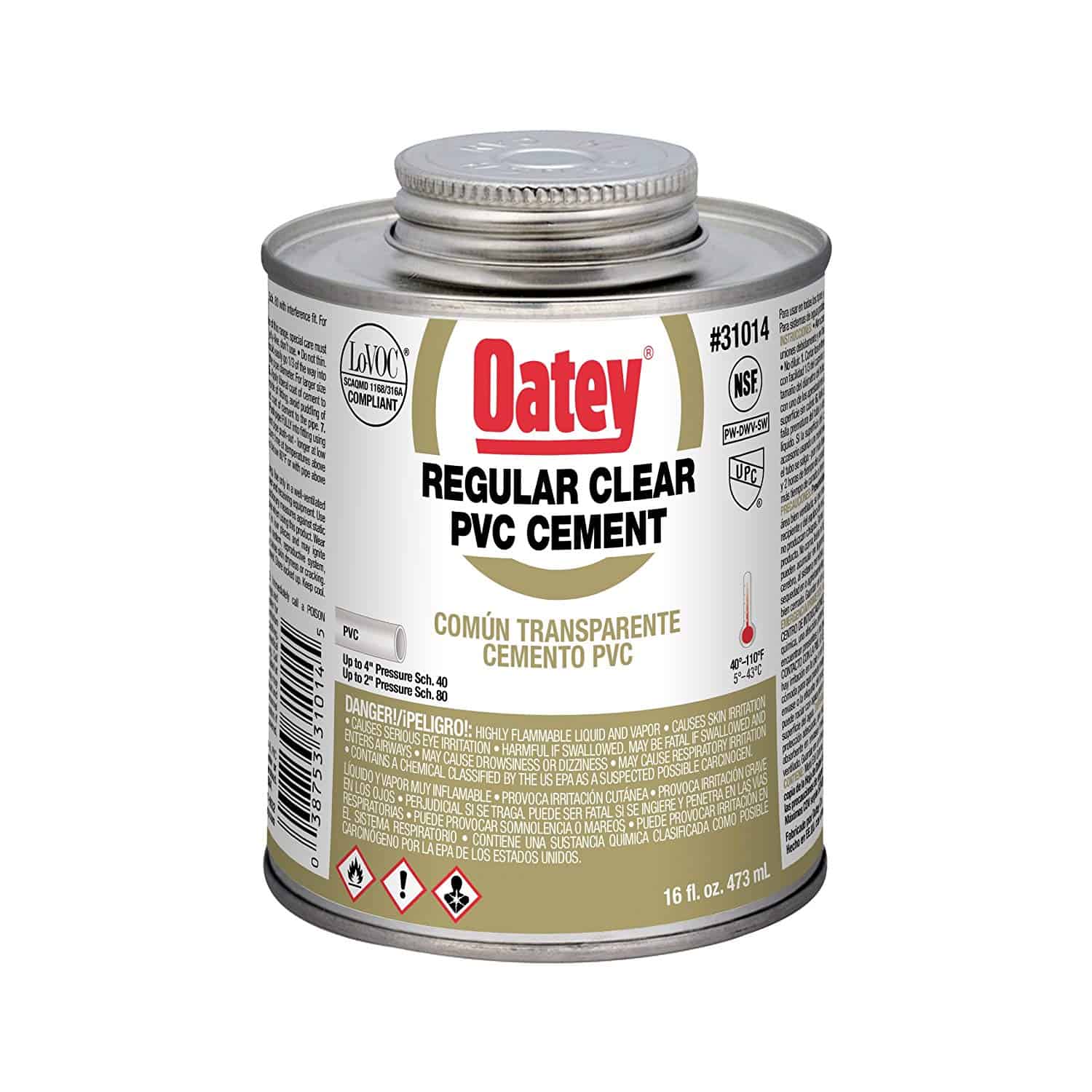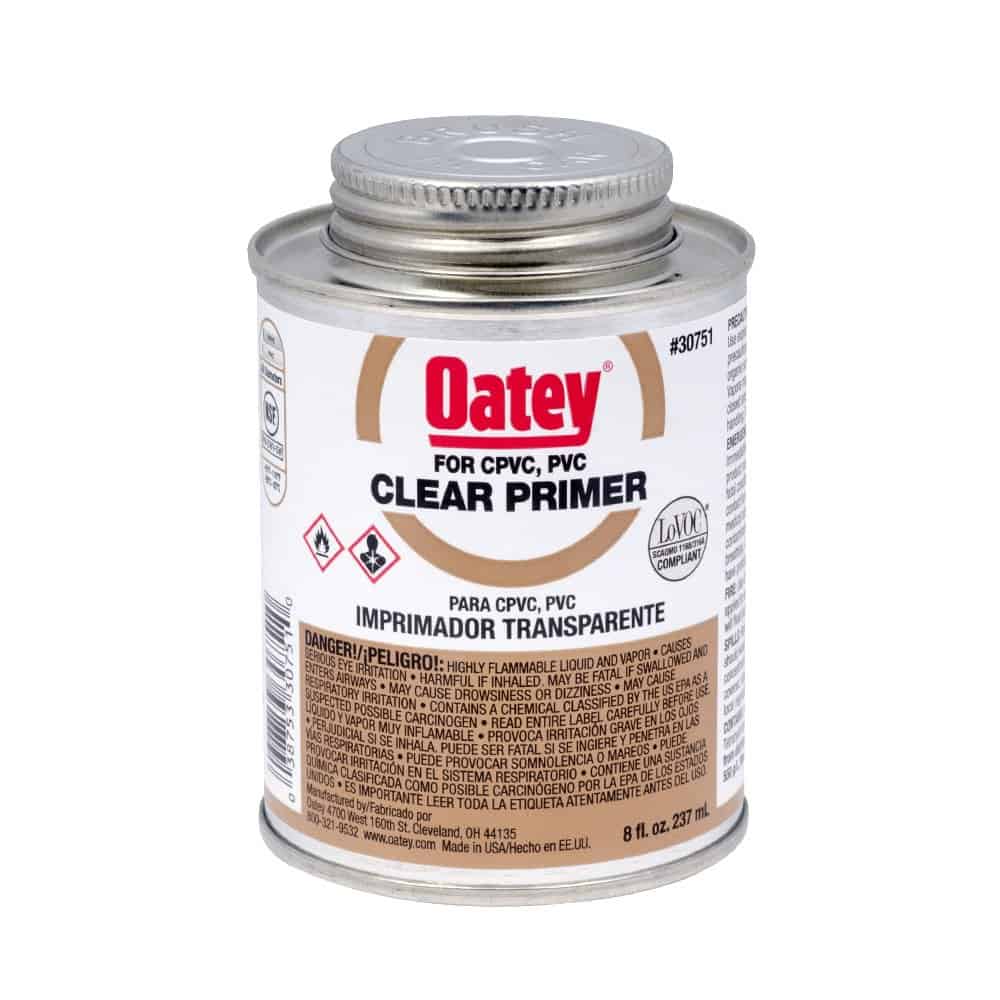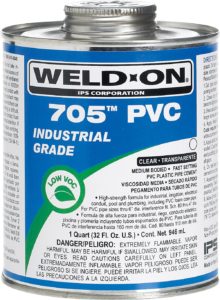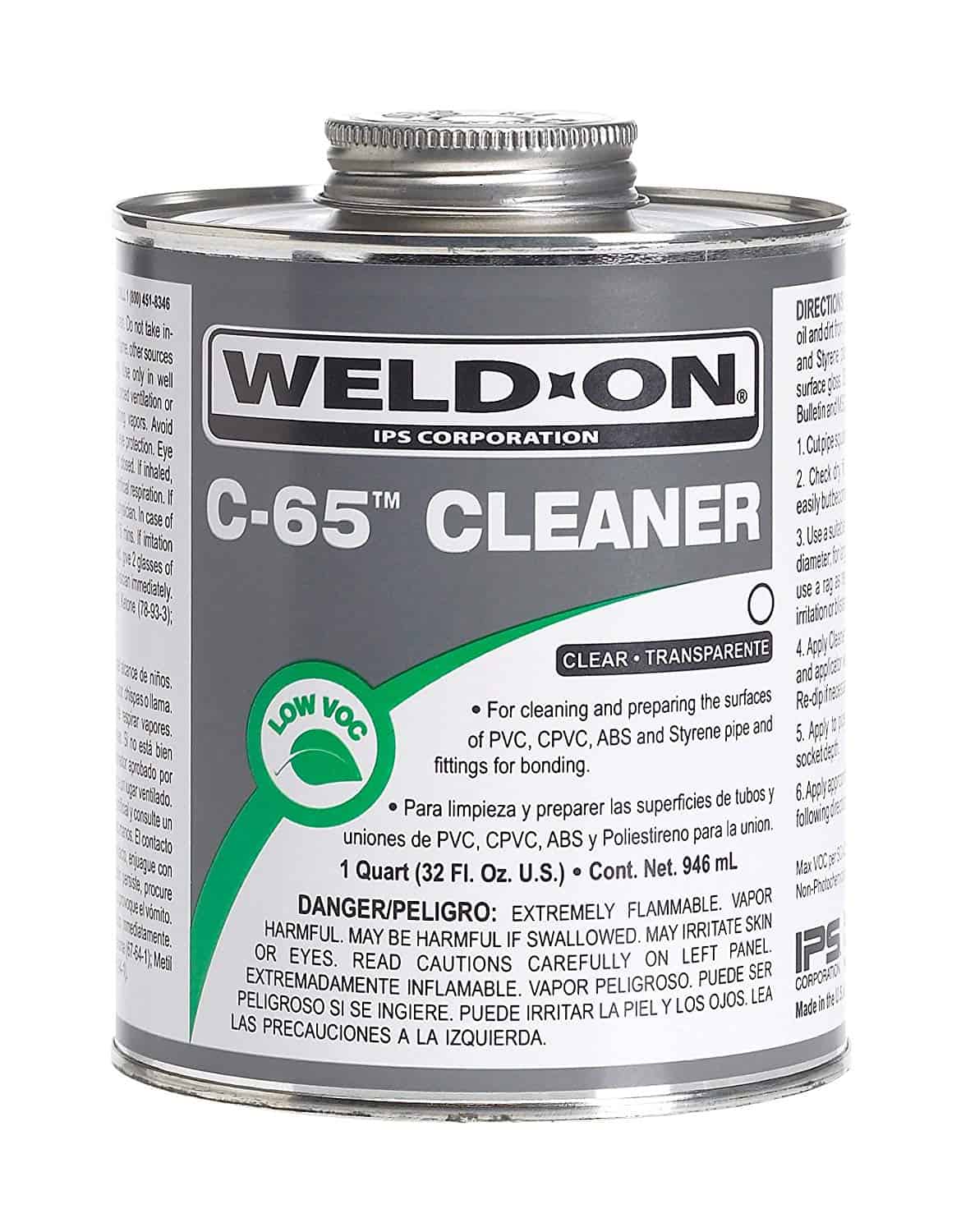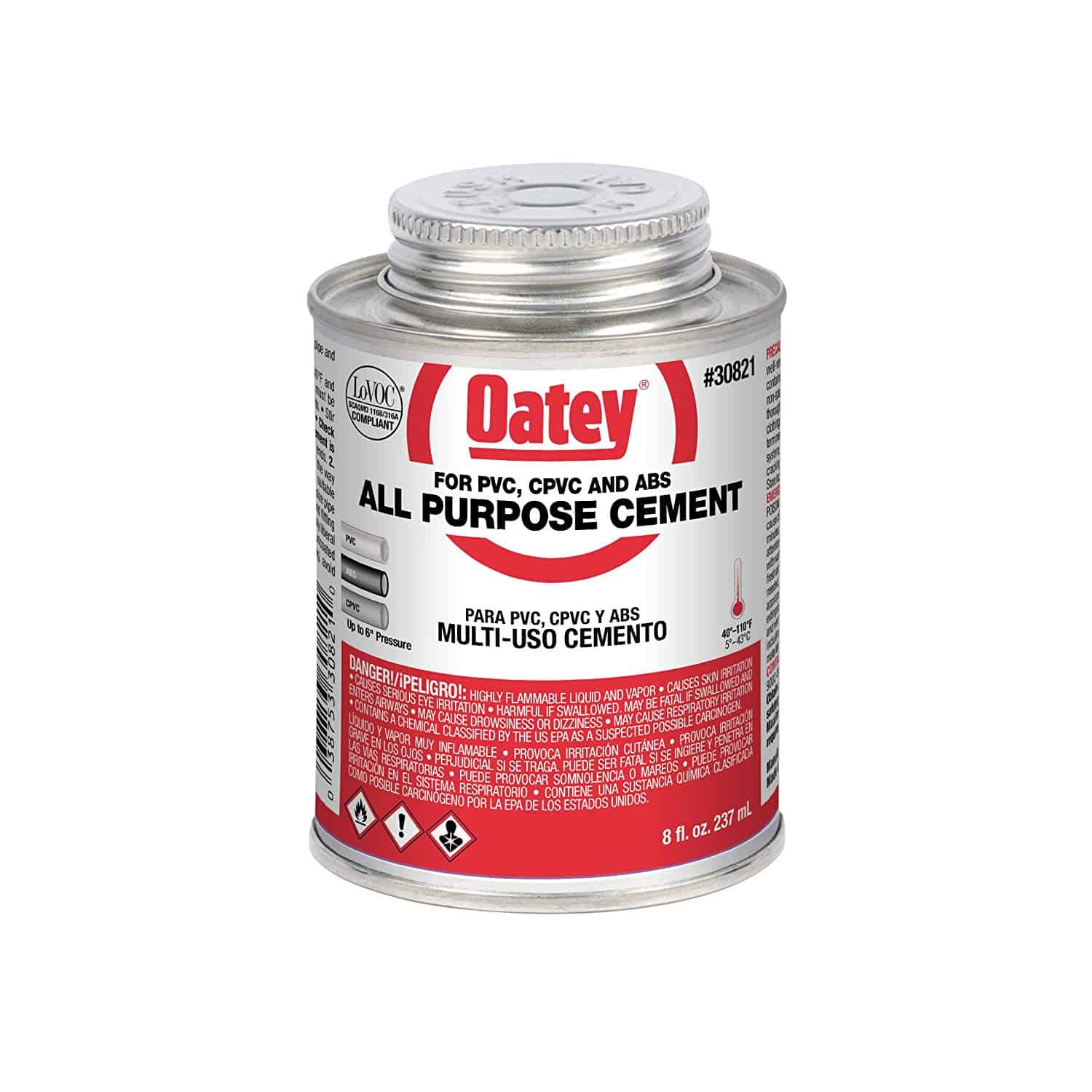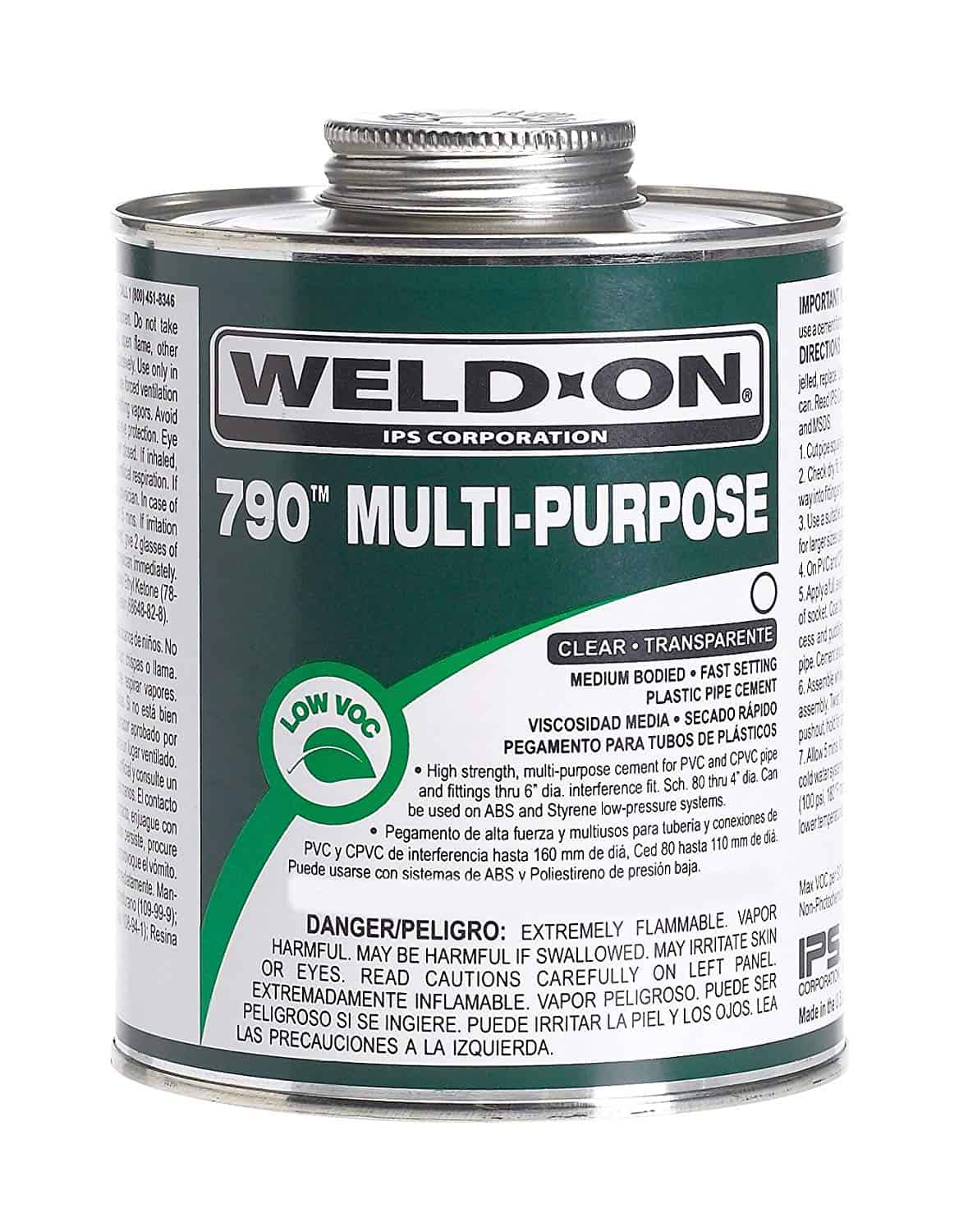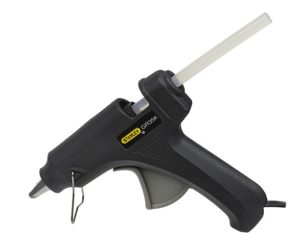We all have projects or times when we need to glue something in our aquarium and knowing which product to use is not only important for it working correctly but which are not going to harm our livestock!
Glues, adhesives, and silicones need to be aquarium safe to ensure they are non-toxic to aquatic life. Specific products are manufactured to be aquarium safe and are usually displayed on the package. Cyanoacrylate Super Glue and pure silicone are the most common aquarium safe adhesives used.
There is a tremendous array of products available and this guide was written to help you find the right product that has been tried and tested either by myself or hundreds of other aquarists over the years.
The most common types of bonding agents used in today’s hobby are:
- Super Glue
- Silicone
- Cement
- Hot Melt Glue
By clicking on each image it will take you to that product at Amazon.com
What are Aquarium Safe Super Glues?
The most common aquarium-safe glue are Superglues that contain Ethyl Cyanoacrylate. The gel visocities work best as it allows the aquarium owner to apply the glue and place it into the water without it running too much. When the superglue is used it sets in seconds once in contact with the water.
Super glue is mainly used in this hobby/industry for bonding coral fragments or ‘Frags’ to ceramic plugs or bases. This is how the majority of the coral gets distributed around the world and within our hobby.
A large coral colony has a branch or piece of it cut off and glued onto the plug. The best adhesive to use for this is Super Glue Gel. The gel type is most commonly used as you can easily place a blob of glue on the plug then press the coral frag into it, hold it for a few seconds and its secured.
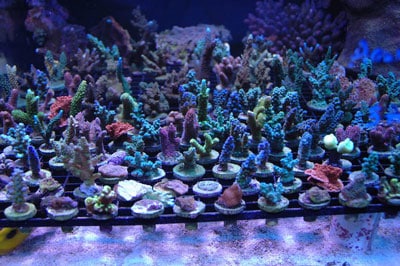
Here is a range of super glue adhesives that I have personally used along with many other aquarists in the industry. The main base ingredient you need to look for in a reef-safe super glue is ETHYL CYANOACRYLATE.
Providing this is the only ingredient in the glue then you are good to go. If you find any other type of main ingredient, maybe give that glue a miss and head to one of these proven brands…
This is just a small selection of the many, many brands commonly available at your local fish stores, online stores, dollar stores, and hardware stores.
Be sure to look for ‘Gel’ and ‘Ethyl Cyanoacrylate’ and you will be all set for your fragging experience!
Most of the super glue gels will ‘Skin Over’ then harden within minutes of being immersed in water. Providing you are not placing vast amounts of glue into your aquarium you will not see any toxic effects.
If you are unsure, the best practice is to place your newly glued frag into a container of aquarium water and allow it to fully set and harden, then place your frag on the rack or sand bed in your aquarium.
Super glue is not just limited to fragging corals but also for creating frag racks, fixing broken equipment, bonding small rocks together and any other uses you come across.
Bondic™
The last “Super Glue” I want to touch on is a relatively new type of adhesive called Bondic™. This is a liquid-based plastic oligomer that flows just like a normal adhesive until it is subjected to UV light. This then hardens the liquid in seconds into a solid plastic.
This adhesive is great for mounting coral frags that can be tricky and need fast curing to get them to stay in place. A small blog of liquid on the frag plug and a quick shine from the built-in UV LED and your new frag is secured in seconds.
You can find the Bondic™ adhesive system at your local hardware store or HERE at Amazon.com
Refills are also available for the kit which you can also find HERE at Amazon.com
During my research, I found this paper at sciencedirect.com where scientists in Japan have been using Bondic™ to secure Acropora frags to polycarbonate bolts for attachment to new coral restoration projects.
Read the Science Paper Here:
Usage of UV-curable oligomer-based adhesive agent in hermatypic coral experimental research
What are Aquarium Safe Silicones?
Silicones that are made from 100% pure silicone are generally considered aquarium safe. Avoid silicones containing any mold or mildew inhibitors, bacteria protection, or anti-microbial ingredients. Silicones that show a ‘Toxic to Aquatic Life’ logo on their tube usually become safe once fully cured.
Silicone is mainly used for building glass aquariums. All the seams on a glass aquarium are joined using silicone because of its incredible bonding strength with glass.
Many aquarists have built their own custom glass aquariums, sumps, frag tanks and containers with the help of some of the easy to find silicone products on the market today.
The thing you may have noticed here is GLASS. Silicone is the only product designed to join glass to one another. It is not a glue or a bonding agent that melts the material on a molecular level and chemically bonds it but rather it relies on its chemical properties to grip to each surface, especially when they have been joined and then pressure applied to them.
The main concern you have to be aware of when looking for an aquarium or reef-safe silicone is that the product you purchase is just 100% PURE SILICONE.
Many silicones available can have additives in them to help in your home, but these additives can leach into your water and poison your inhabitants.
Some of the additives you MUST stay clear of are:
- Mildew Resistant
- Mold Inhibitor
- Bacterial Protection
- Anti-Microbial
- or any other similar ingredients
Some of the silicones may show they are toxic to aquatic life. This usually refers to the silicone in an uncured state. Providing you have bought one of the silicones below and have allowed sufficient time for the silicone to fully cure (Read the manufacturers directions) then the silicone will become completely inert and safe.
Some of the hobby’s most commonly used and Aquarium-Safe silicone products are:
GE SCS 1200 seems to be the common silicone product that most of the tank builders use that I have found during my research for this article. As always, be sure to fully research your selected product before use and follow all directions.
What are Aquarium Safe Cements?
Cements used for bonding plastics from Oatey, Tensol and WELD-On are considered aqaurium safe once fully cured. In their liquid and gel states they are harmful to aquatic life but once cured become fully inert and safe to use inside the aquarium. Plumbing and sump assembly are common uses for cement.
Cements that are used in this hobby fall under two categories depending on the type of material being used to bond:
- Acrylic Materials – Usually Sheet materials for building tanks, sumps, and containers
- PVC & ABS materials – Usually all aquarium plumbing is made from one of these materials
The bonding of Acrylic, PVC, and ABS uses a chemical reaction at the molecular level to in effect, melt the two joining pieces together forming a very strong bond.
The viewing windows you see in the world’s largest aquariums are usually made from incredibly thick acyclic sheets and then bonded on-site to form one big window.
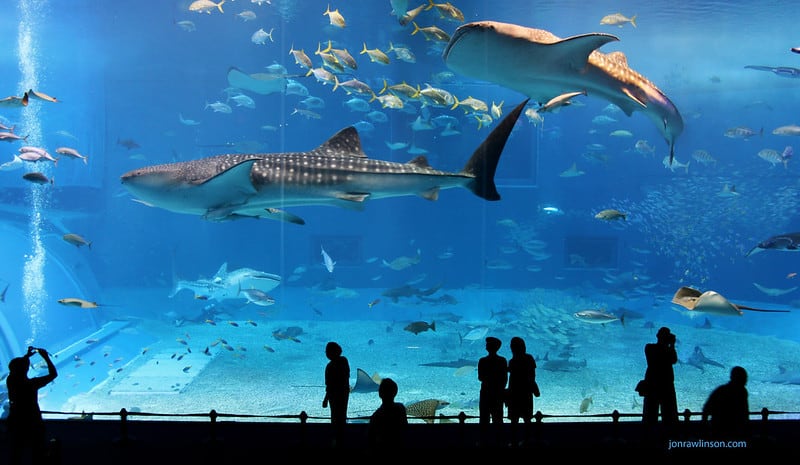
Acrylic
As stated above Acrylic cement is used for the bonding of sheet material primarily. Most sumps are built out of acrylic panels, have the edges machined square and flat and then bonded to one another.
This is very popular for hobbyists wanting to make a sump to custom fit their home or stand. A simple table saw and router can give very good results when preparing the pieces for bonding.
There are two types of Acrylic Cement used:
- A water-like, solvent-based product used for bonding sheet edges. This solvent uses capillary action to penetrate the joint, then it evaporates leaving a molecularly bonded joint.
- A thicker get-type cement used for building items with gaps in the seams. Frag Racks, baffles etc.
The most popular products used in the hobby/industry are:
Water Consistency:
Gel Consistency:
Just like the silicones above, these products come with warnings regarding harmful to aquatic life. If you were to pour these products into your aquarium they would certainly kill everything in there. Again, once these products are used and then FULLY CURED will this render them safe for aquatic use.
PVC & ABS
We have all seen some of the awesome piping installations from all over the globe. Some are just pure white pipe and now we are getting colored pipes and fittings making for some stunning eye-candy.
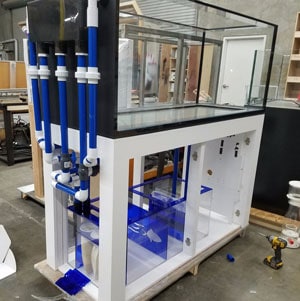
All of the pipe used is either made from PVC or ABS and they are all joined together by molecular bonding of the pieces. PVC and ABS each have their own primer fluids and adhesives.
The job of the primer is to be applied to the pipe and fitting first to clean and prepare the joints ready for the bonding. The adhesive is similar to the acrylic cement where it melts the surfaces of the two adjoining pieces and locks the molecules together to form a very strong, waterproof joint.
The main rigid pipe system used in the hobby is PVC Schedule 40.
Oatey and WELD-ON are the two popular brands used in the hobby for both PVC and ABS. Each range comes in a variety of colored adhesives with clear, blue, gray and purple being the most used.
I personally have always used Oatey Clear Primer and Clear Adhesive. The purple adhesive in the joints looks a mess. The Oatey Clear PVC adhesive is rated for Schedule 40 pipes up to 4″ in diameter making it perfect for our installations.
(See the Oatey Website Here for more Details)
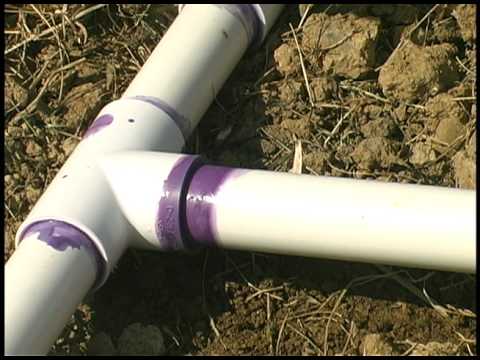

The common PVC Primer and Adhesives used in the hobby are:
For ABS plumbing or if you are using a mix of ABS & PVC I recommend:
Aquarium Safe Hot Melt Glue
Hot melt glue being reef-safe gets asked a lot in the forums of this hobby so I just had to add it to this article.
Hot melt glue works by inserting sticks of hard plastic into a heating/dispensing device that turns the solid plastic into a hot, liquid, free-flowing gel-type consistency that solidifies as it cools.
This type of glue is very common in the craft hobby area as it is cheap, easy to use and works very well. For use in aquariums, it can be hit or miss.
There are two main types of glue available to the hobbyist:
- EVA – Ethylene-vinyl acetate. This is the most popular as it is cheap to manufacture.
- Metallocene – This is a more premium product as it melts cleaner and has very little odor.
The polymers used in the ‘Plastic Sticks’ are reef-safe once cooled and fully cured. All of the MSDS data and I looked into all had a Zero Aquatic Toxicity. Just be sure to read the ingredients list on the packaging to ensure there are no added additives, dyes, fragrances, waxes or oils. Keep an eye open for Non-Toxic and check out the manufacturer’s website for further details.
The bonding strength of hot melt glue is not that good. The best way to ensure the best possible join is to rough up each joining surface with sand paper or an Exacto-Knife to give the adhesive something to ‘Key’ into and hold.
The majority of uses for a hot glue adhesive is for a temporary fix of a broken part until the new one arrives, but to be honest with super glue around, especially the Bondic system, I would not bother with hot glue!
To Finish
That sums up pretty much every bonding agent used in our hobby outside of equipment manufacturing. Many of these products are used every single day with great results. Be sure you use the right product with a high-quality pedigree and always follow the manufacturer’s instructions.
Disclaimer:
The information provided in this article is to be used as a guide. Proper research and usage techniques should be sought after by you before using any of these products. The Beginners Reef cannot be held liable for any losses or damages arising from the use of these products.
Just like everything in life; If you are unsure, seek help from professionals.
Further Reading
If you found the information in this article helpful please take a read of some of our other helpful articles:

